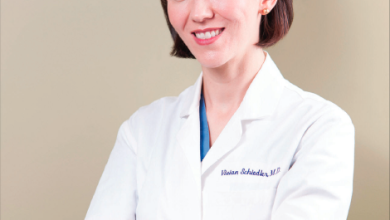DRY EYES – PART 2 – AQUEOUS DEFICIENCY
Do your eyes burn and feel dry, especially in the evenings or after reading for more than a few minutes? As we get older, our eyes don’t make as many tears as they did in childhood. Environmental factors can make them feel even worse, such as wind, dry heat, fans, and low humidity. Compounding this is our increased time spent on screens. When we stare at our books, computers, or smartphones, we don’t blink as often, and if we don’t make enough tears in general, our eyes dry out even faster.
Not making enough tears is called aqueous deficiency dry eye. That doesn’t mean we can’t make a sudden huge amount of tears in response to irritating fumes or wind. But rather at baseline, the tear production is too low to adequately keep the eyes moist and comfortable through normal activities.
When mild, this can be alleviated by the use of additional moisture. Artificial tears and spray mists can be added to the eyes several times a day. Gels and ointments can be used at bedtime. When moderate to severe, your eye doctor can place tiny plugs in the tear drain holes of your lower lids to help retain the moisture on your eyes longer. For severe forms of low tear production, there is now a clever new device called iTear that stimulates a nerve on the side of the nose with a small vibration. This increases baseline tear production from the tear gland throughout the day, even with using it only 1-2 minutes every day. There is also now a new nasal spray medication called Tyrvaya that can also increase baseline tear production.
If eyes are very dry at night, specially designed soft eye masks that seal well around the eyelids can be worn while sleeping. They provide a humid environment for the eyes. This helps them recover from the dryness that occurs during the day.
Winter may worsen dry eye symptoms due to cold dry air causing faster evaporation of your tears. If you have been suffering from uncomfortable dry eyes, call to see how Dr. Schiedler may help!


